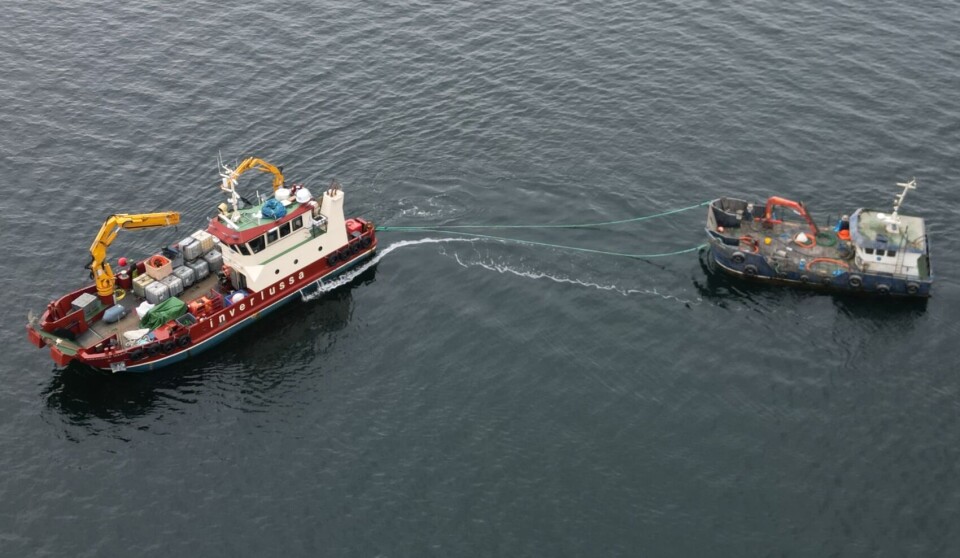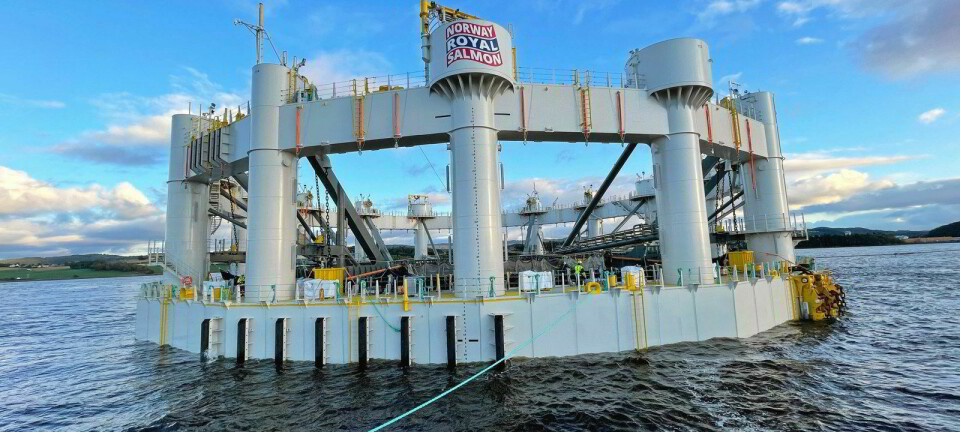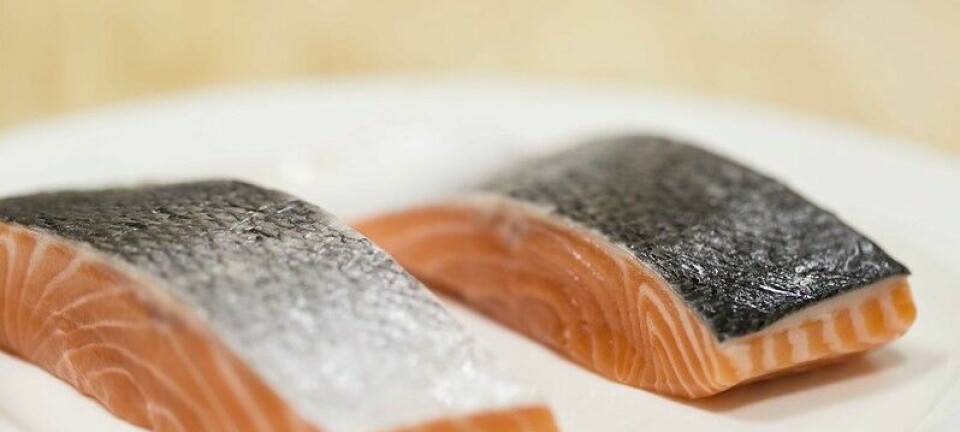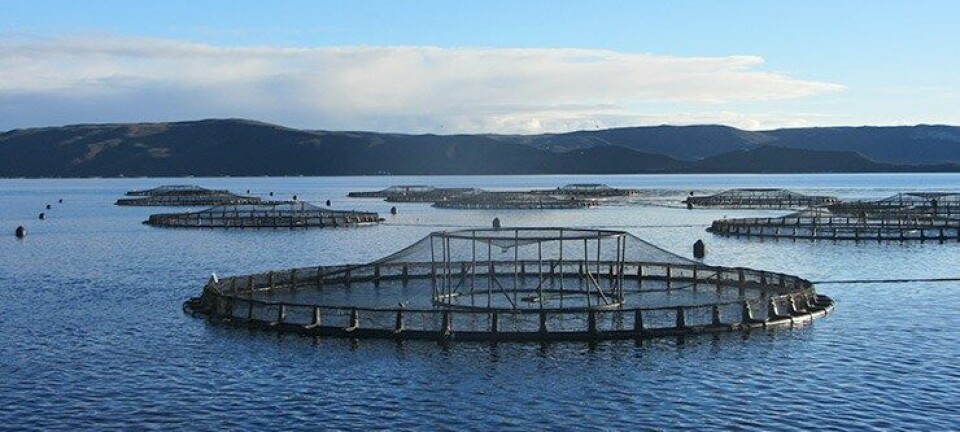
The hidden weaknesses that led to fish farm workboat's sinking
Broken padeye fastening holed the hull, then watertight door failed on Julie Anne
The cause of the sinking of the salmon farm workboat Julie Anne in the summer has been revealed for the first time by owner Scottish Sea Farms.
The 15-metre vessel sank at its mooring at Fiunary on the morning of July 4. No one was aboard the vessel.
SSF health and safety chief Gerry McCormick said a combination of “unfortunate events” led to the sinking. One of the vessel's padeyes – attachment points welded to the hull for the chains that keep tyre fenders attached to the side of the boat – broke and made a hole in the hull. Water entered the vessel, and a supposedly watertight internal door failed, leading to the sinking.
Wear and tear
“One of the padeyes had weakened after years of wear and tear as the boat came alongside the pens during routine operations,” McCormick told SSF’s staff newsletter, The Source.
“It finally broke and penetrated the hull, and water came in, filling the front and mid voids and overpowering a watertight door that divers observed had been closed.
“The following morning, the team received a notification of the vessel being down by the bow. By the time they arrived on-site, the vessel had sunk.”
Swift response
The sinking prompted a swift response from SSF’s marine team, specialist partners and the Maritime and Coastguard Agency, who helped limit any environmental impact and ensured the safety of the salmon stock at Fiunary. A complex salvage operation eventually resulted in the boat being raised and towed to Spelve on Mull, where the chief cause of the incident was confirmed.
The Julie Anne has now been towed to Macduff on the east coast of Scotland, where she was built in 2015, to undergo a refit.
The Source reports that the incident has prompted an inspection of some 60 SSF vessels, with none found to be at risk. An ongoing review of watertight doors will be completed by the end of the year.
A further safety measure will see HDPE matting, which is already a feature on new boats, rolled out to existing craft, replacing tyre fendering at the waterline on the working side of the boat, at a cost of around £4,000 per vessel, said McCormick.
























































